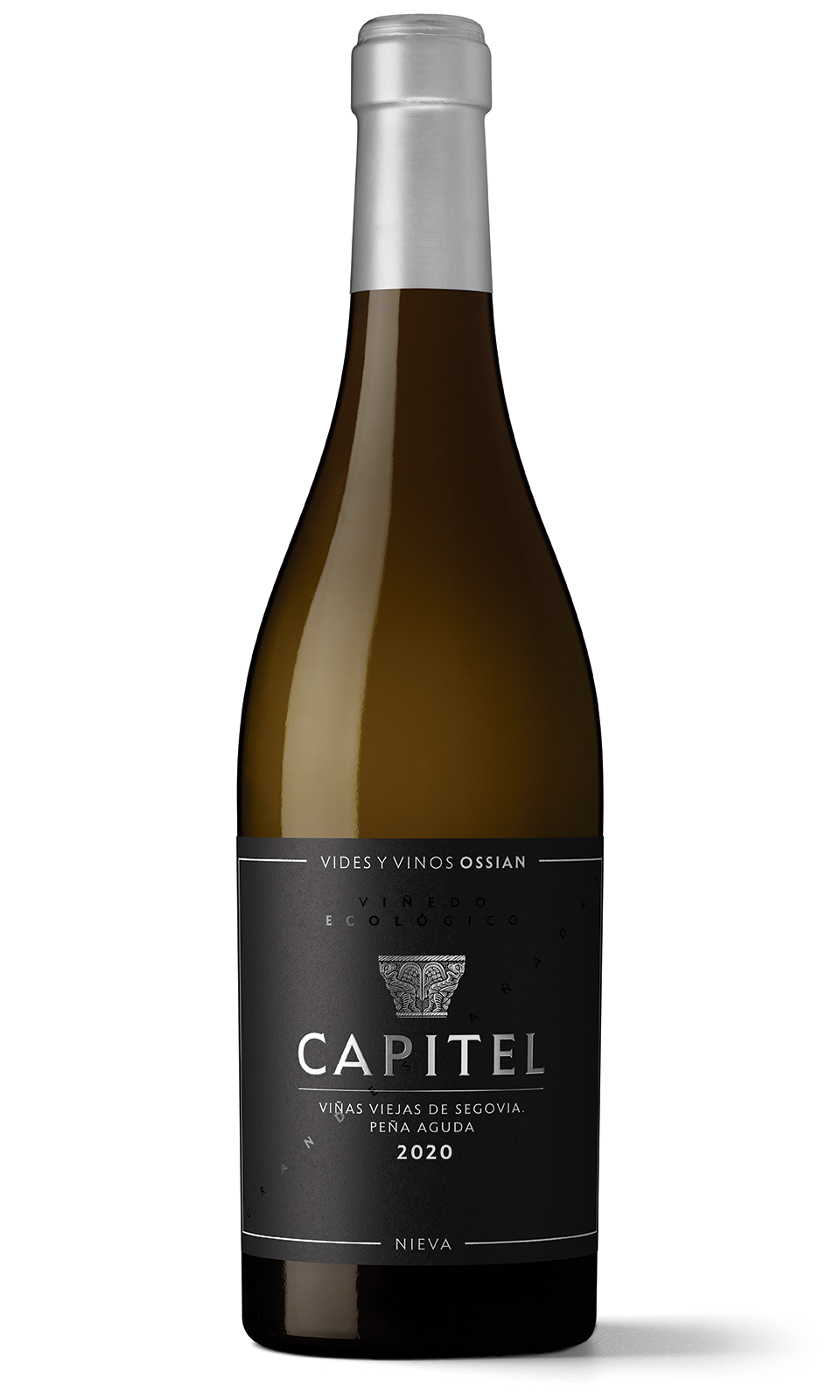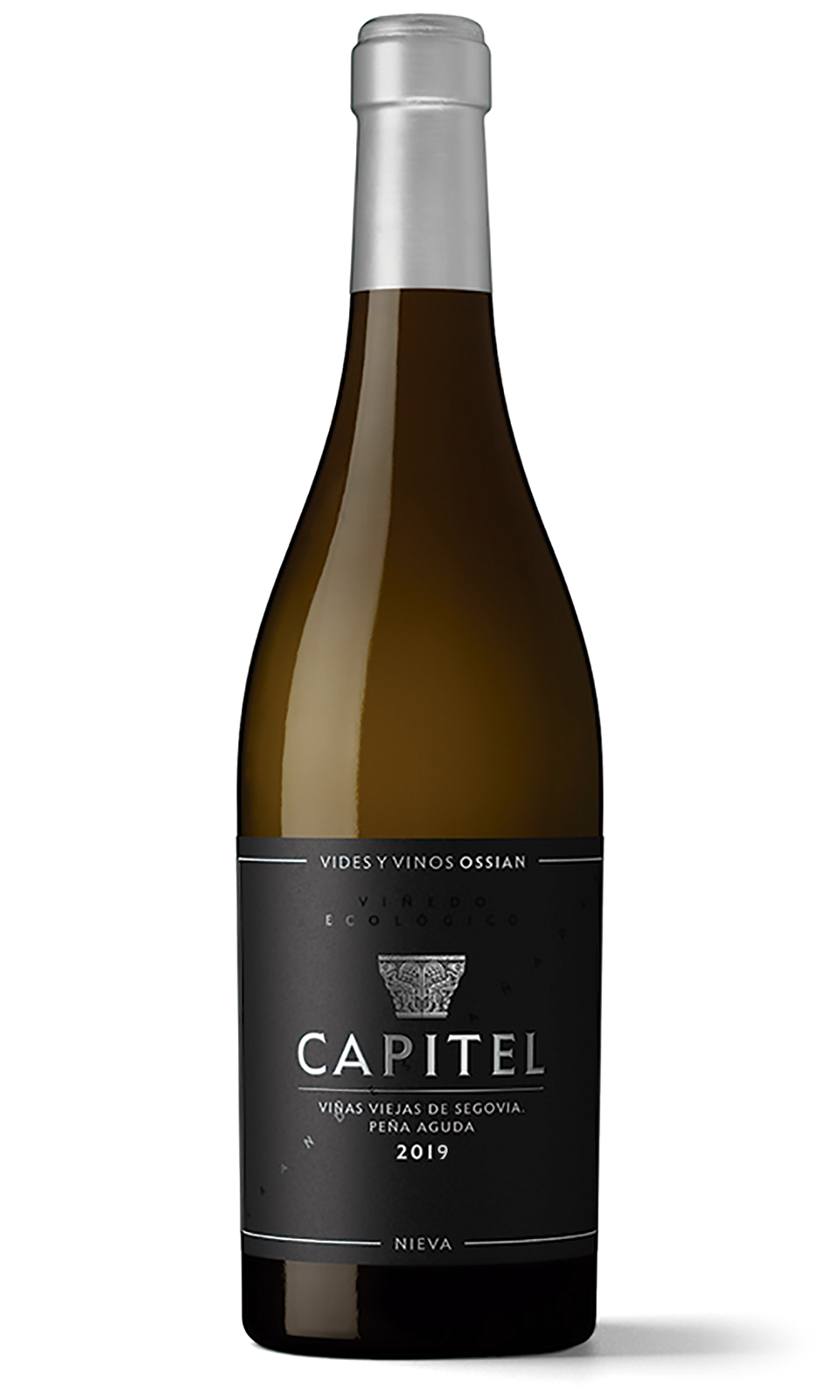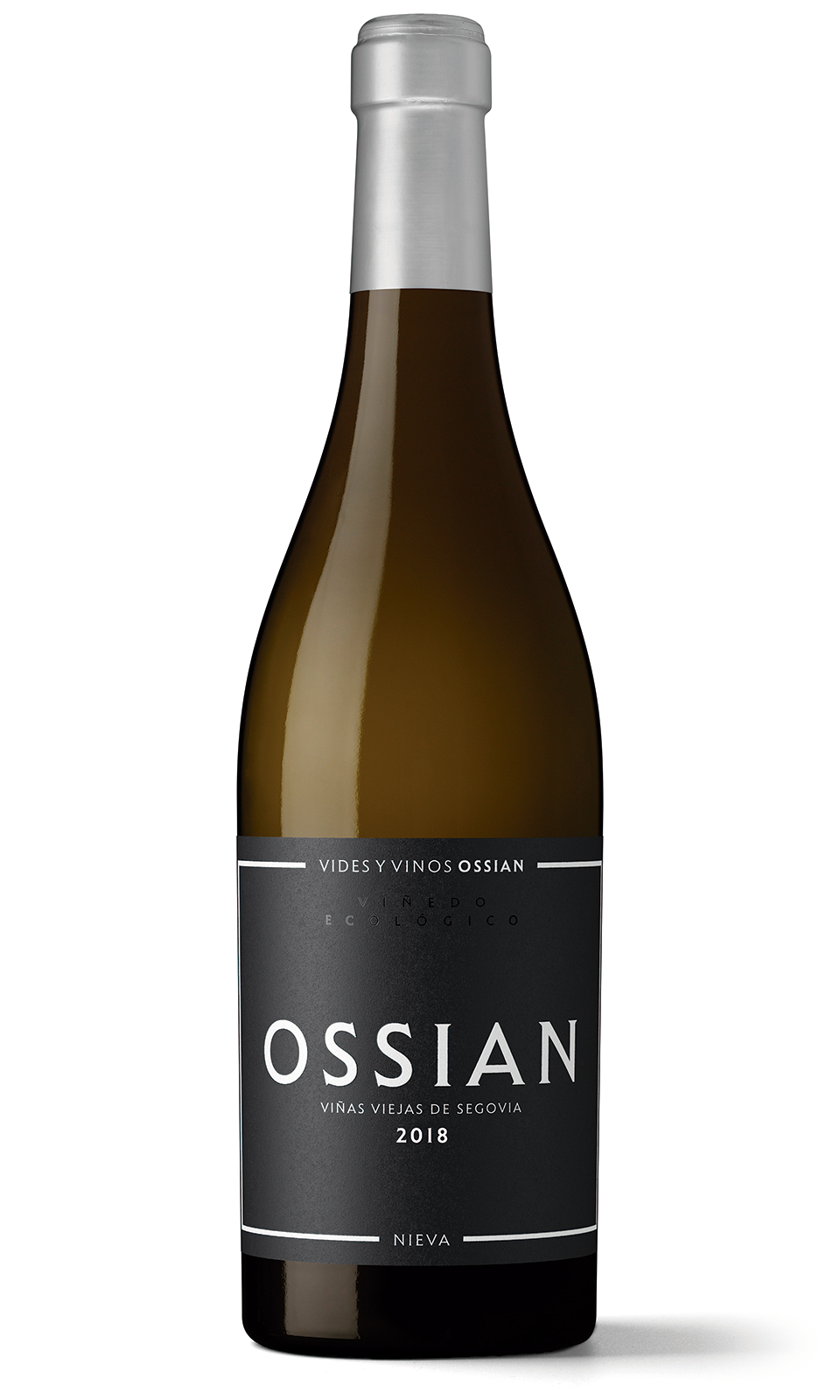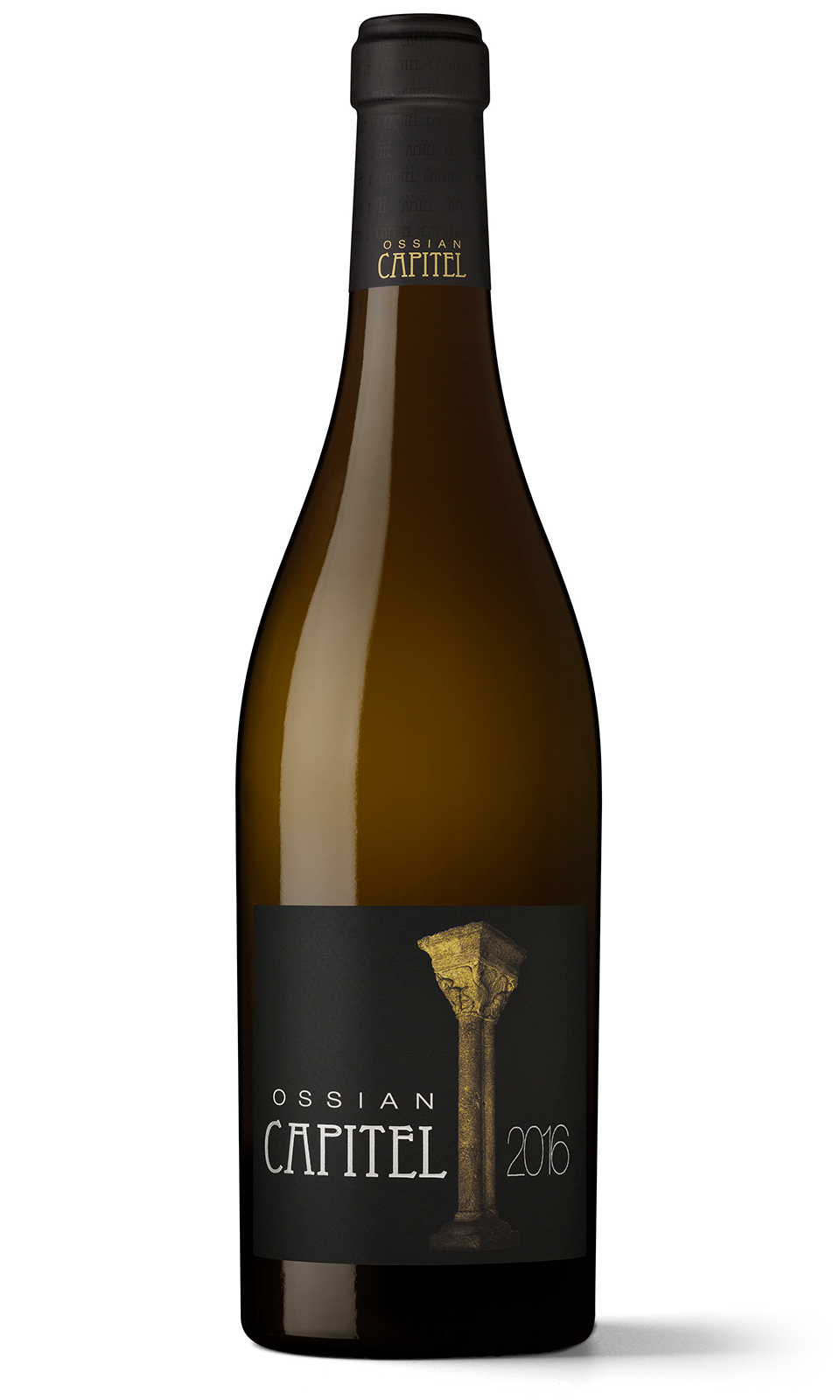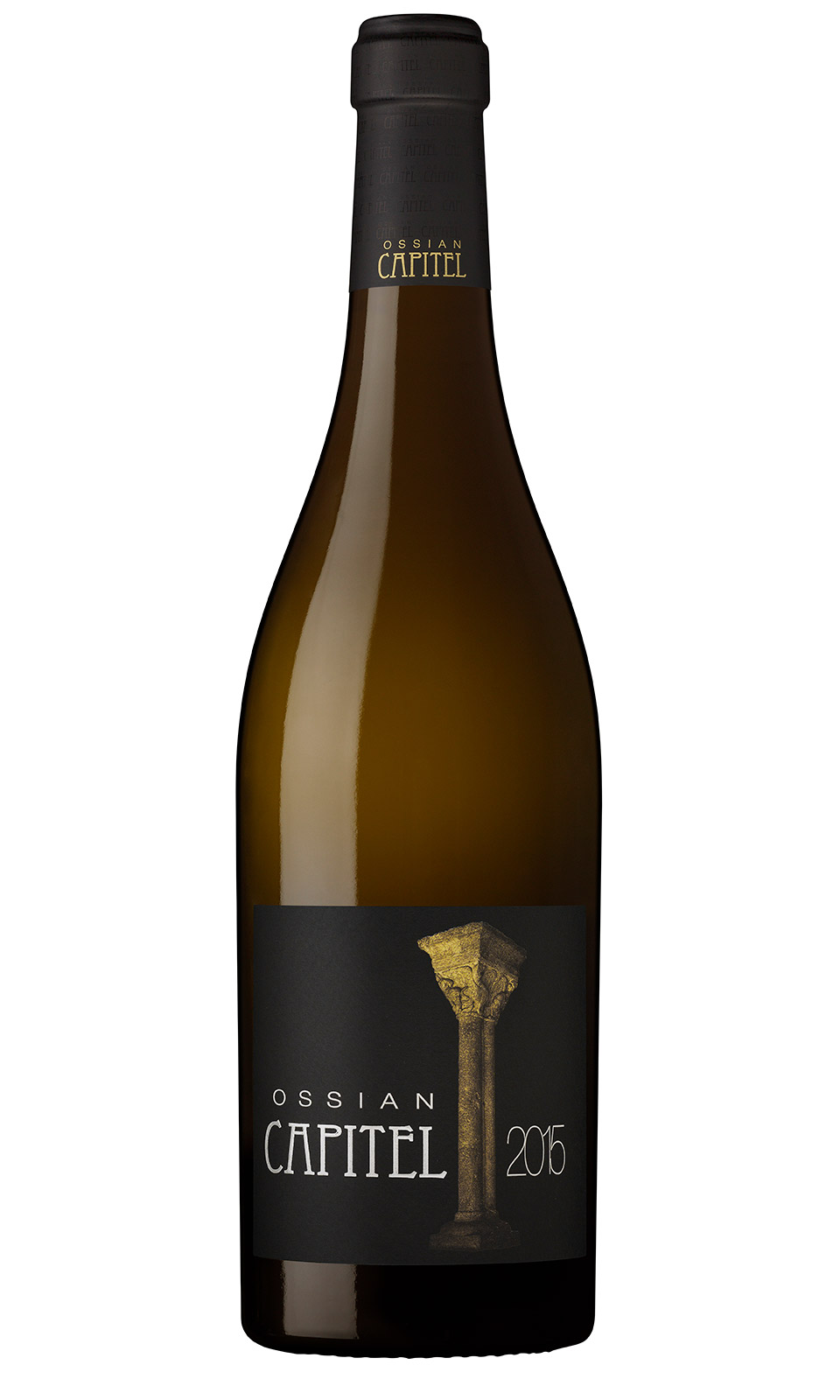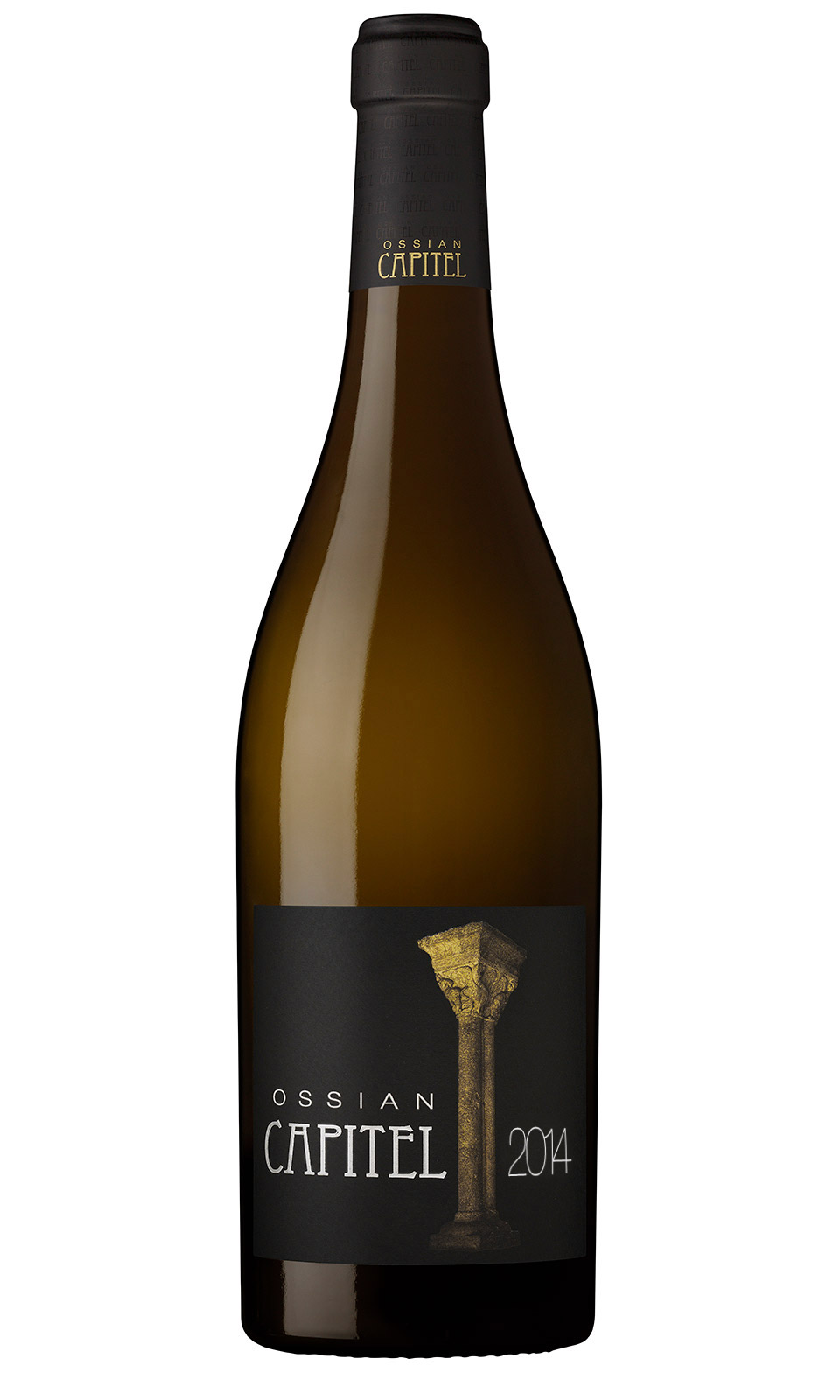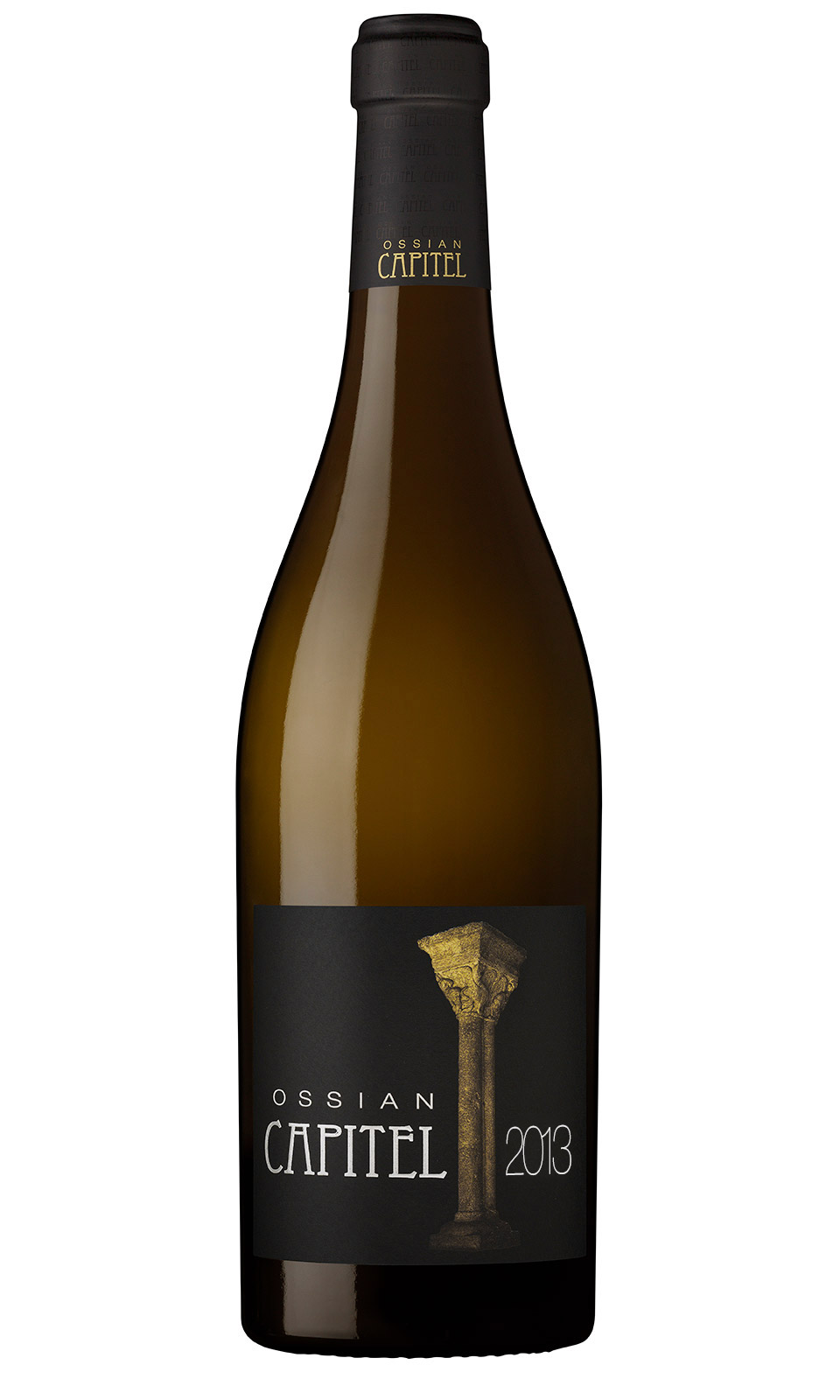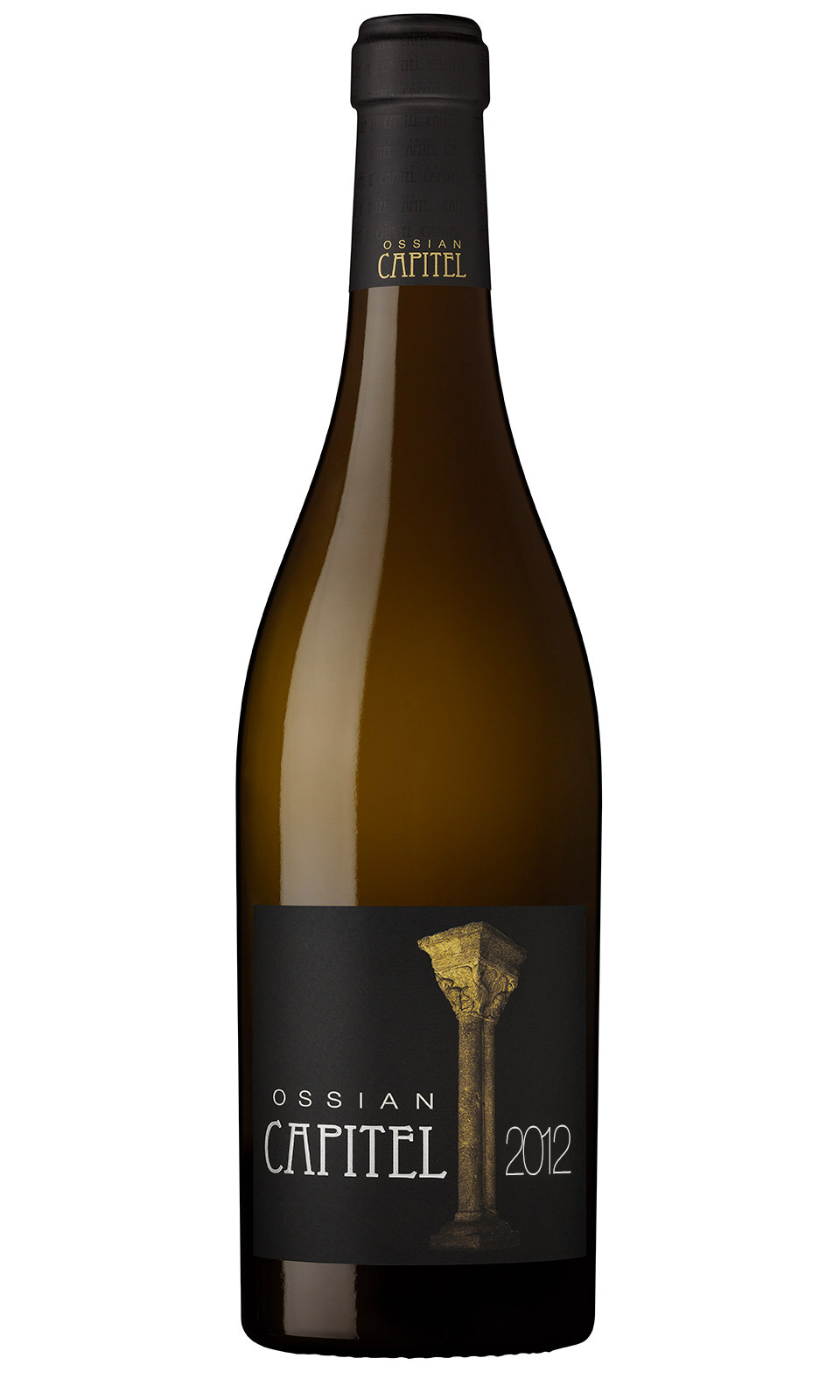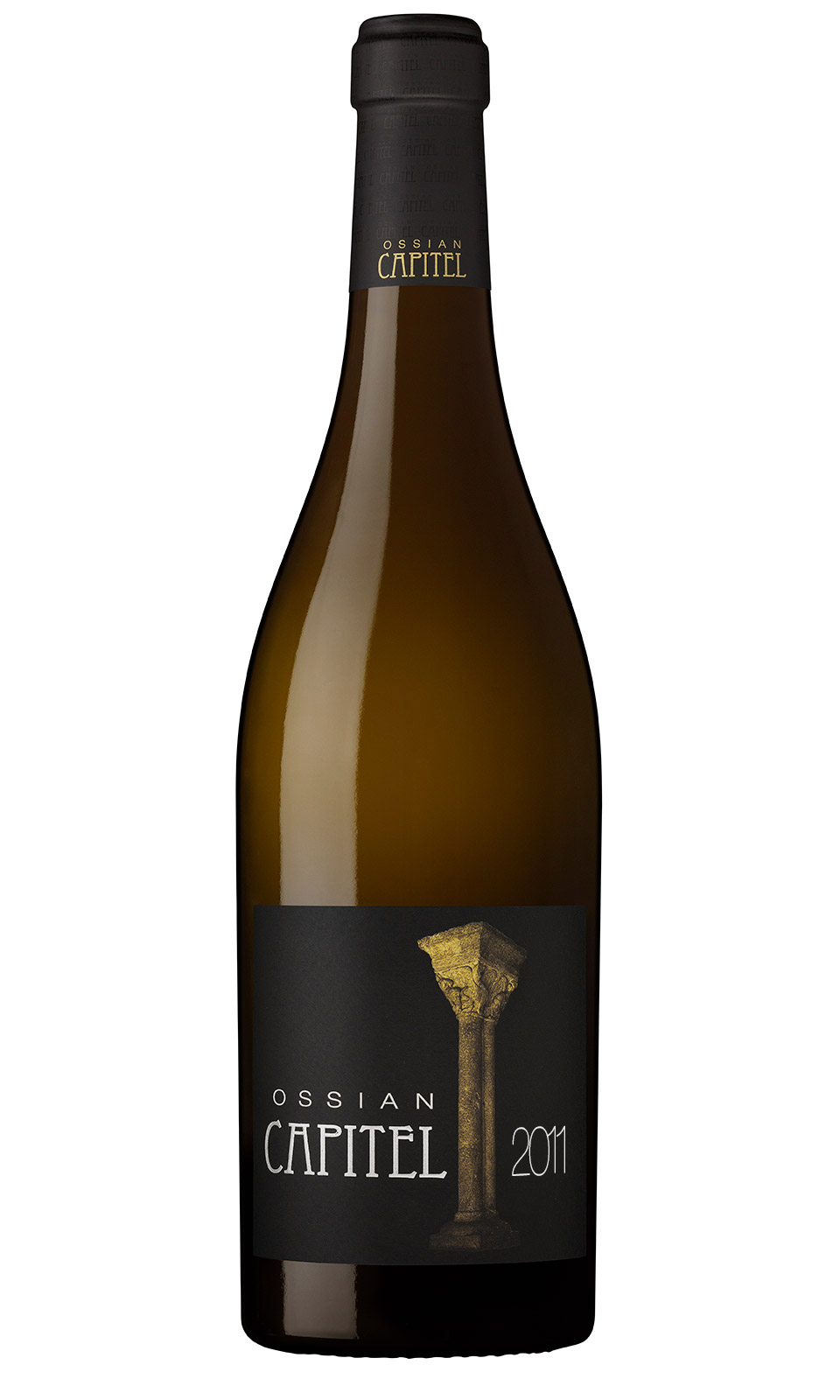Capitel 2016
Capitel 2016 is elaborated with our oldest and most unique Verdejo vines located in the small plot of Peña Aguda, in Nieva. The roots penetrate between the slate sheets and extract extraordinary mineral strength from them. This prephylloxera vineyard provides complexity, concentration and depth. A wine full of flavor and nuances, of a silky sensation that does not leave you indifferent. The expression of the Segovian Verdejo in its maximum splendor. Potential for finesse, elegance, complexity and longevity. Extraordinary concentration. Living history of the Segovian Verdejo.
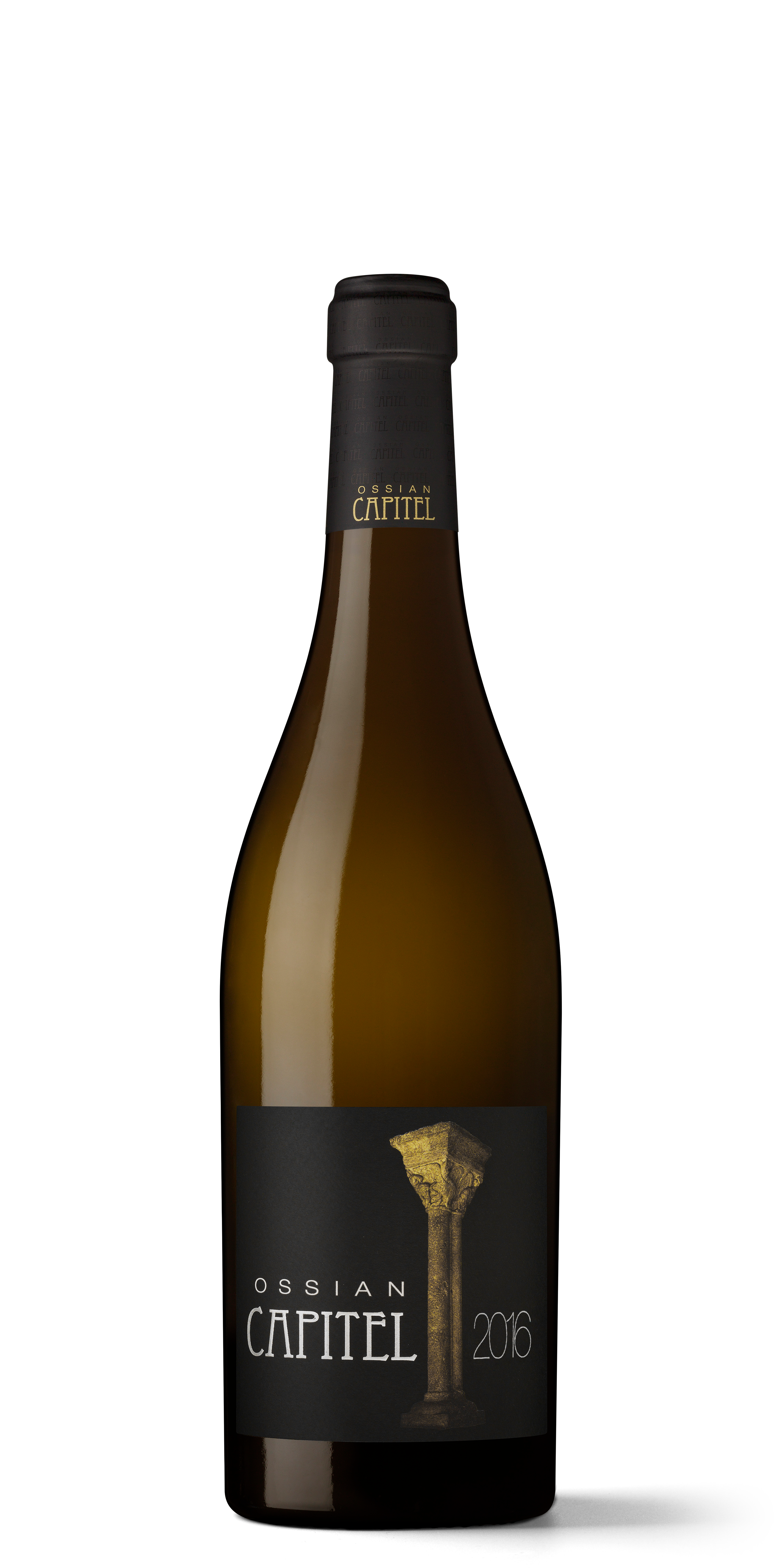
Capitel 2016
A singular plot

